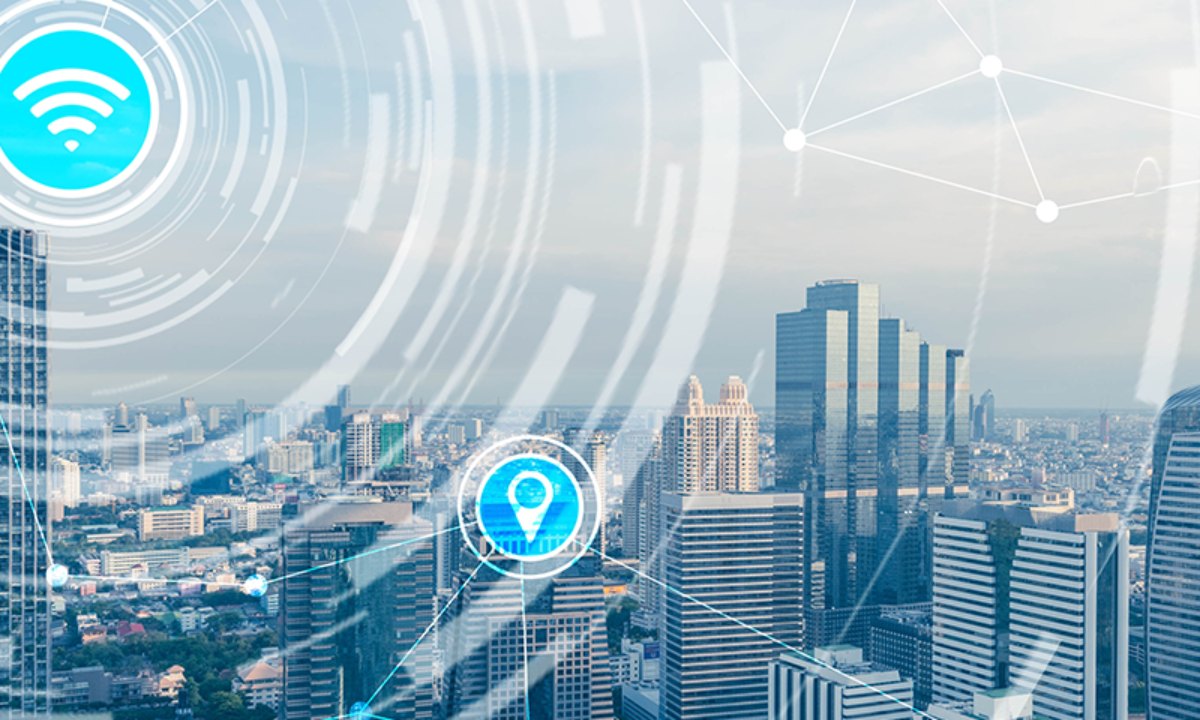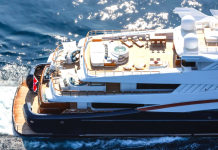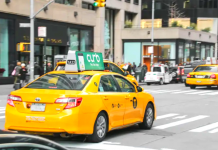Smart Tourism is an extremely important component of a Smart City. Smart City refers to an urban area that makes use of different types of tech or - the Internet of things (IoT) such as sensors to collect data.
The insights that are gained from the data can then be used to manage resources, assets, and services efficiently. This means tourists that visit the place will be able to use smart infrastructure that enhances their experience.
Smart tourism not only improves experiences for visitors, but it also ensures that any tourism received assists with local sustainability. That means IT is used to improve the lives of locals while also enhancing the tourism experience.

Tools Used In Smart Tourism
IT and communication technology tools that are used include IoT, cloud computing, artificial intelligence, and mobile communication.
They combine the informational, social as well as physical and commercial infrastructure of tourism to provide smart tourism opportunities.
These principles of smart tourism usually aim at enhancing the tourist experience, improving the efficiency of resource management, and also maximizing destination competitiveness that has an emphasis on sustainable aspects.
It should therefore gather and distribute the information to facilitate an efficient allocation of tourism resources and also integrate tourism supplies at the macro and micro levels which ensures that the benefits are well distributed.
Smart Tourism Destinations
Any destination can easily be classified as a smart tourism destination, but it should consist of the following.
- Collaborations
- Soft smartness
- Innovation
- Leadership
- Hard smartness - this refers to all the infrastructure and technology
Now, what you need to note is that the availability of the above doesn’t necessarily make a destination smart.
It will depend on the availability of hard smartness to improve the capabilities of human capital and in turn, encourage smart decision-making.
In smart tourism, the following attributes are required.
- Technologically embedded environments
- A responsive process at the macro and micro levels
- End-user devices
- And stakeholders who are actively using smart platforms
Other Requirements for Smart Tourism
Smart tourism also requires tools such as software, hardware, networks, and free interactions between stakeholders, tourists, and other physical objects.
This communication must provide real-time information and personalized services. The specific smart tourism tools are augmented reality, mobile applications, and near-field communications.
Mobile Applications
These must be able to provide the required information that helps tourists in making informed decisions and also making reservations, translating services, audio guidance, and direction guidance.
They should be in real-time to communicate easily.
Augmented Reality
Experiencing augmented reality is quite interesting, and can contribute significantly to cultural tourism. This could be something like AR when you visit a Roman Theater in Italy.
You'll be able to point your phone at the arenas and for example, watch a gladiator fight.
Near Field Communications
The NFC can mostly be used in tourist places such as museums that allow tourists to scan for information points such as sculptures, paintings, and historical artifacts.
This should allow the phones to provide translations. NFC however requires having a compatible device.
Each location will call for the use of a different tool, both the destination and the tourist will benefit from smart tourism.
The destination's benefits include potential FDI, economic rewards, and the preservation of cultural heritage, and the tourists will benefit through convenience, the reduction in expenses, etc.

Conclusion
Although smart tourism has plenty of benefits, it still suffers from a few challenges such as; the reliance on smart devices to power the different functions. They can be a disappointment if they fail.
Other than that, this is a great way of attracting conscientious tourists to your destination while building smart infrastructure.







